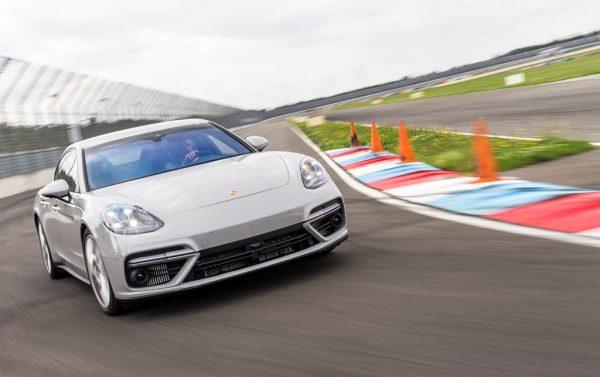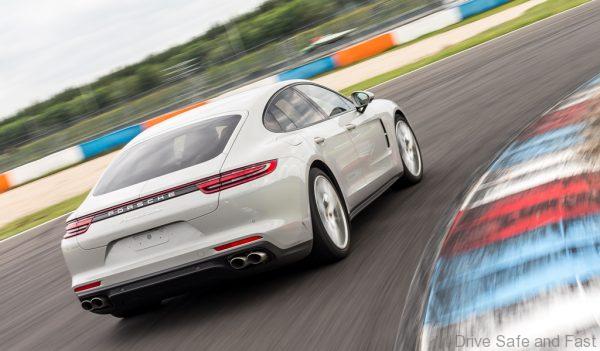How do you create an unmistakeable sedan that was born on the race track and is at home on the road? The all new Panamera – reworked from the ground up – meets high standards as both a sports car and a comfortable cruising car. Its engines and transmission were re-engineered, the chassis perfected, the display and operating concept interpreted for the future and the design transferred to a new evolutionary stage. At its launch, the second generation of the Porsche Gran Turismo will be available in the three all-wheel drive versions Panamera 4S, Panamera Turbo and Panamera 4S Diesel.
The new Panamera has a redesigned high-tech lightweight body. Porsche uses even more aluminium than before here. On the predecessor the outer door panels, bonnet, tailgate and the front wings were already made of aluminium. With the new Panamera Porsche is now going much further and also producing large body parts such as the whole side section and the roof in aluminium.
The Panamera body is based on the Modular Standard Drive Train Platform (MSB), which Porsche is responsible for developing in the Volkswagen Group. One of the many advan- tages of the MSB is its great versatility. For example, Porsche is able to produce the new Panamera at its Leipzig plant with two different wheelbases and all conceivable drive types for this segment. Further body derivatives are also relatively easy to realise.
The platform consists of the three modules front body, middle floor section and rear body. In the case of the Porsche Panamera these modules are produced in lightweight multi-material. This is an innovative cocktail of different kinds of materials – various steel alloys, aluminium and plastic. The front end of the Panamera is made of aluminium. Furthermore, a new manufacturing process is used to produce the firewall cross member, which is very
important for crash properties. On the new Panamera this ultra-high-strength tube is made of boron-alloyed steel. Although high-strength boron steel tubes of this type exist – never be- fore have they been realised in the automotive industry in the complexity of the Panamera‘s firewall cross member. Furthermore, the whole firewall and the passenger cell offer optimal protection thanks to the use of high-strength, hot-formed steels.
This type of material distribution – lightweight aluminium surfaces combined with high- strength steel structures – is a recurrent theme in the Panamera. As outlined, the side parts of the new model are also made of aluminium and the same applies to the floor and the roof. Special processes are needed to join aluminium and steel so that these two very different materials do not react with one another. For example, the side wall: to join – as the product experts would say – i.e. to connect the lightweight aluminium sidewall with the high-strength steel side wall structure Porsche combines roller hemming (a form-locking method of joining components without welding spots) with a bonding process.








